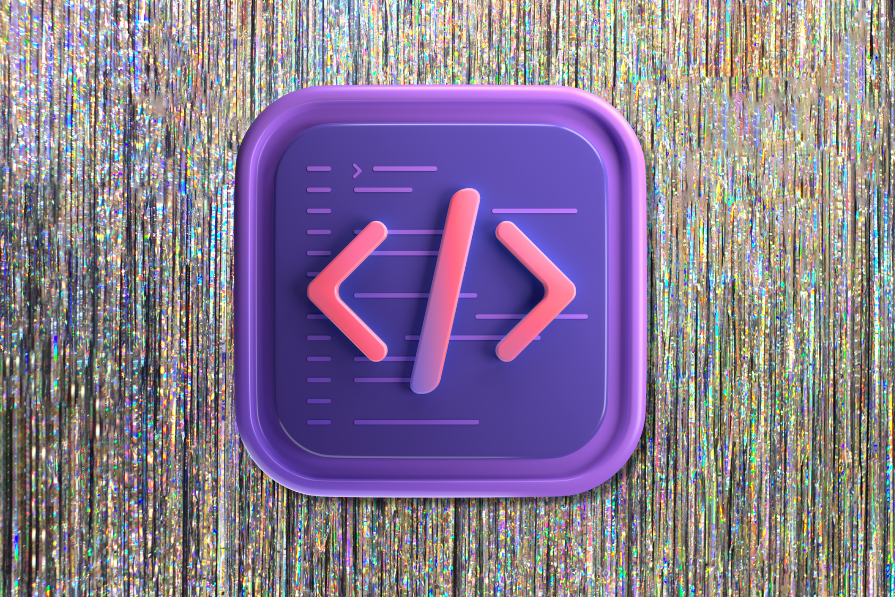Logrocket
3w
384

Image Credit: Logrocket
UXers don’t need to code — but vibe coding might still be worth it
- Vibe coding is a creative, AI-assisted approach to software development where ideas flow and AI generates most of the code.
- Understanding how code works allows UX designers to use AI tools like ChatGPT or GitHub Copilot to bring their ideas to life faster.
- The evolution of tech stacks has led to more options like Tailwind, React, Vue, Angular, and specialized groups like MERN, JAMstack, and MEAN.
- UX designers are not required to code, but having a basic understanding of HTML, CSS, and possibly JavaScript can be beneficial.
- Vibe coding as a UX designer can lead to rapid prototyping, creating a shared language, and having a gentler learning curve for better code understanding.
- Designers using vibe coding can have improved collaboration and contribution in projects, beyond creating wireframes and mockups.
- Despite its benefits, vibe coding has downsides like lost context, messy code structure, overengineering, inconsistent quality, and outdated code.
- Vibe coding does not replace deep frontend expertise or design taste and product sense for designers.
- Designers are encouraged to try vibe coding if it excites them, but it should not distract from their primary design objectives.
- Vibe coding can be a powerful way for UX designers to explore ideas, learn how designs are built, and improve collaboration with developers.
Read Full Article
23 Likes
For uninterrupted reading, download the app